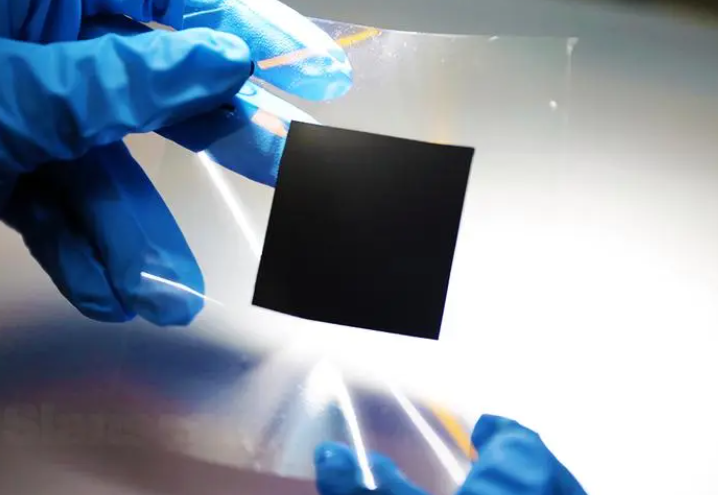Membrane Electrode Assembly (MEA) is the core component of a fuel cell, where the actual electrochemical reactions converting chemical energy into electrical energy are taking place. Here is an overview of what constitutes an MEA in a fuel cell:

Proton Exchange Membrane (PEM): This is a thin, porous but selectively permeable polymer film that allows only positively charged hydrogen ions (protons) to travel across it from the anode to the cathode side. This is the "membrane" part of MEA and is typically made of a sulfonated tetrafluoroethylene polymer (e.g., Nafion®, used for its excellent proton conductivity and chemical stability).
Anode (Positive Electrode): The catalyst layer here is typically made of platinum-based nanoparticles on a conductive carbon paper or carbon cloth to promote the oxidation of hydrogen molecules. Hydrogen gas (H2) is supplied to the anode, where it splits into electrons and protons, with the latter passing through the PEM and the former moving through the external circuit to the cathode.
Cathode (Negative Electrode): Similar to the anode, the cathode's catalyst layer also consists of platinum-based nanoparticles supported on carbon paper or cloth. Oxygen or oxygen-rich air is supplied to this side, where it combines with protons that have passed through the PEM and the electrons that have traveled through the circuit from the anode, forming water.
The MEA consists of the PEM sandwiched between two layers of catalyst-coated membrane (CCM), where the catalyst layers are in close contact with the PEM and the gas diffusion layers (GDL) on either side of the membrane.
Gas Diffusion Layers (GDL): They are porous, electrically conductive layers that serve to evenly distribute the reactant gases over the catalyst layer while also managing heat and water within the fuel cell. GDLs are typically made from carbon fiber paper or carbon cloth with a microporous layer (MPL) on top of the catalyst layer.
The MEA is critical to the function of a fuel cell, dictating the performance, efficiency, and stability of the cell. In modern fuel cell design, research and development continue to improve the components of the MEA to increase power output, reduce material costs, and prolong cell life.
Post time:2024-05-31





